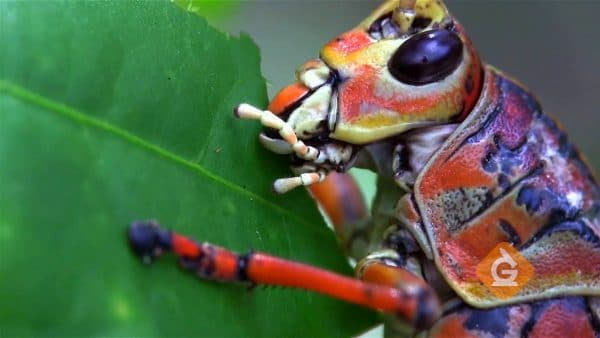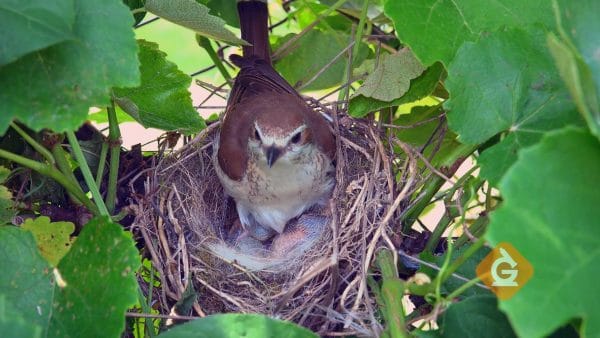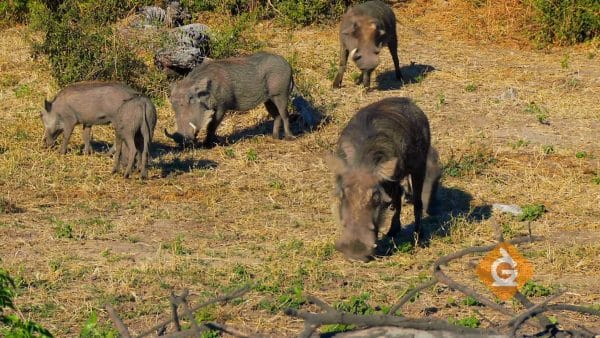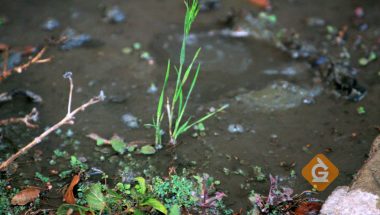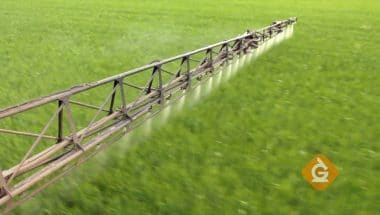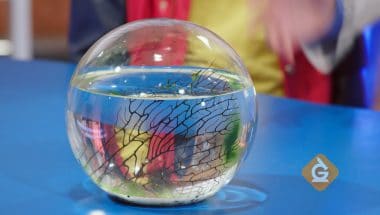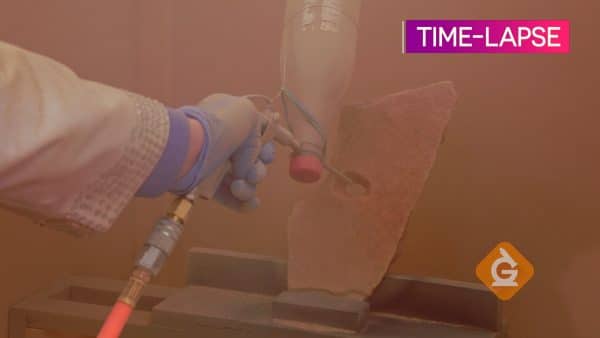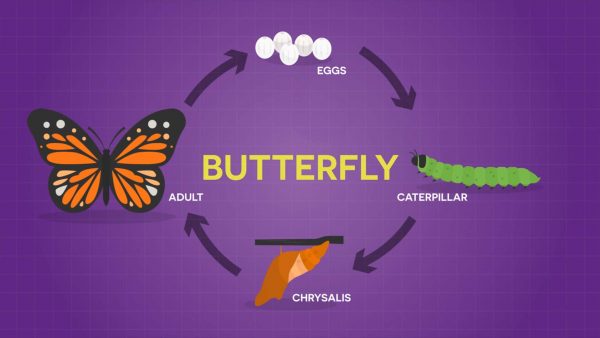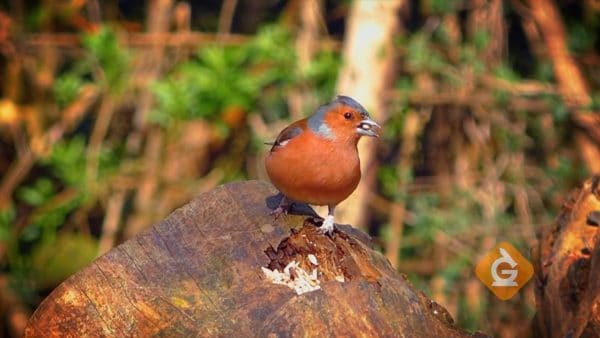A small puddle can be its own ecosystem. All the organisms needed to have a well-balanced ecosystem can exist on a small scale.
An ecosystem is a community of interacting organisms and their environment.
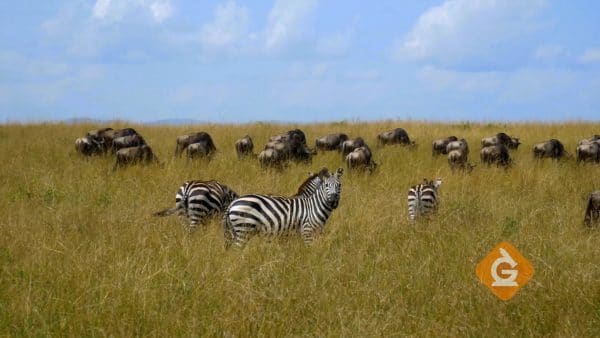
Many people only think of animals when they learn of ecosystems, but in reality, an ecosystem has animals, plants, and NON-living things too. Animals need to hide inside rocks and dead trees. Water is needed to drink and some animals live in the water. Air is a non-living part of an eocsystem as well — all animals need air.
Some ecosystems provide special services for the entire world. For example, even though rainforests only cover 6% of Earth, they produce about 40% of the oxygen in the atmosphere through photosynthesis. Other ecosystems produce food, medicine, and helpful materials like rubber and lumber.
